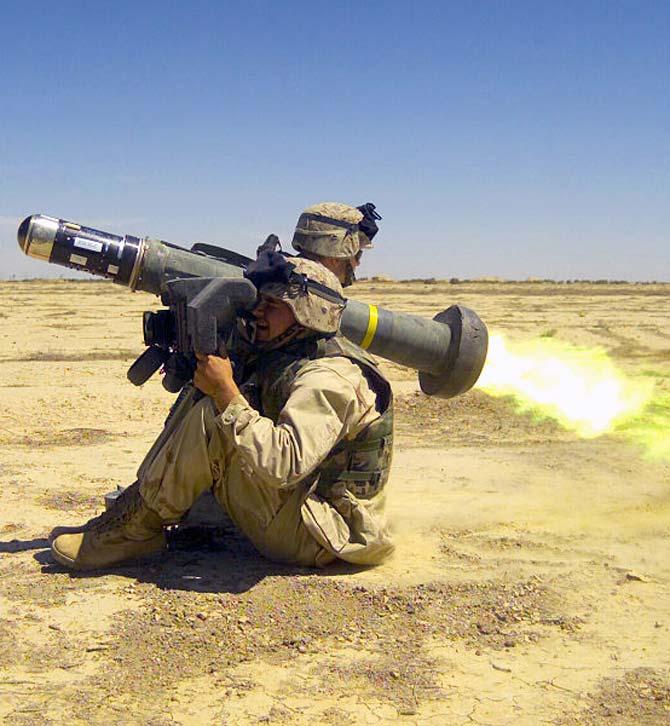
United States Deputy Secretary of Defence Ashton Carter, who arrived in India on a two-day visit on Monday, has masterminded a proposal that could dramatically boost US-India defence relations.
The Pentagon has written to the ministry of defence, proposing the two countries collaborate in jointly developing a next-generation version of the Javelin anti-tank missile.
India has been offered a specific share of the development programme and requested to respond by a specific date. If India chooses not to participate, the Pentagon would go ahead with the programme on its own.
Last year, Carter had proposed US companies join hands with Indian partners in setting up manufacturing facilities for five major systems in India. These include the MH-60 Romeo multi-role helicopter, built by Sikorsky and Lockheed Martin; a delivery system for scatterable mines; and the M-45 127-mm rapid-fire naval gun.
Later, the US proposed co-producing the Javelin missile, built by Raytheon and Lockheed Martin.
Click on NEXT for more…
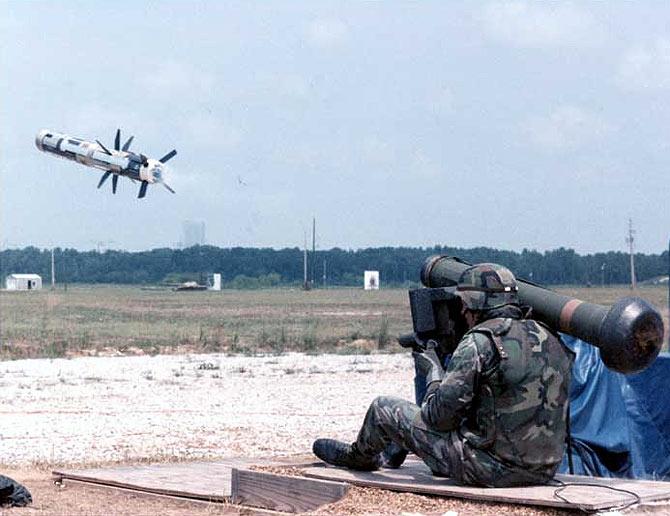
New Delhi has not yet responded to the proposal. Now, Carter has raised the ante with his proposal for co-developing the next-generation Javelin.
India has a successful co-development project with Russia for the BrahMos cruise missile, and with Israel for the long-range surface-to-air missile and medium-range surface-to-air missile.
But with the US, India has only bought equipment over the counter. American equipment has not even been manufactured in India with technology transfer, far less co-developed.
Speaking anonymously, US officials confirmed the co-development proposal would be on Carter’s discussion agenda during his meetings in New Delhi on Tuesday. Carter would meet a host of Indian officials, including National Security Advisor Shivshankar Menon.
Senior MoD sources said the US co-development proposal for the next-generation Javelin had been received and was being evaluated.
A senior Defence Research and Development Organisation source confirmed the US offer.
Click on NEXT for more…
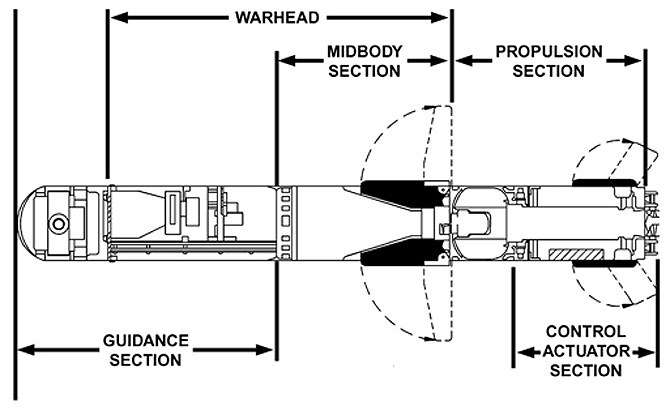
"DRDO welcomes co-development of advanced weapon systems, provided there is real technological collaboration involved. India needs to fill its technology gaps and co-development should ensure both partners build upon their mutual strengths," he said.
Carter's proposal is part of a 15-month-old American push to intensify its defence relationship with India.
Earlier, in response to New Delhi's interest in the Javelin, the US State Department had said fulfilling India’s requirement would "alter the regional military balance".
Worse, Washington refused to transfer key technologies New Delhi insisted upon as a part of the deal.
That approach changed dramatically since June 2012, when then US Defence Secretary Leon Panetta nominated Carter to break down the bureaucratic barriers in Washington that impeded the US-India defence relationship, which Washington had determined was pivotal to America’s future in Asia.
Click on NEXT for more…
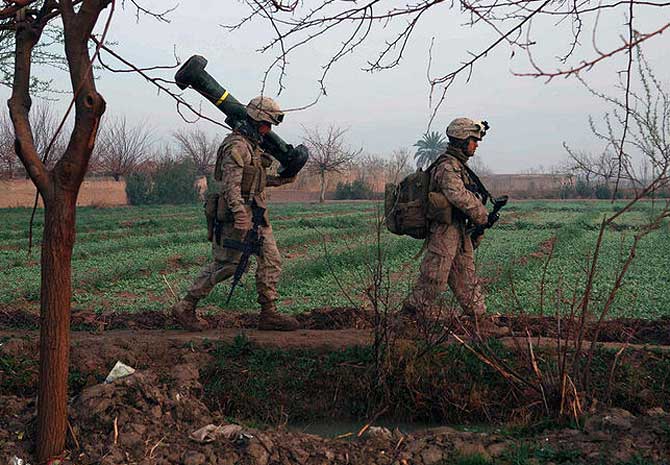
A formal mechanism called the DTI -- tellingly, the US called it the defence trade initiative, while India referred to it as defence technology initiative -- was set up. Carter co-chairs the initiative, along with Shivshankar Menon.
A close watcher of the Pentagon says Carter has pushed the US bureaucracy hard to change its approach towards India.
Earlier, US officials regarded India as just another non- North Atlantic Treaty Organisation country, one with which America did not even have a formal alliance and which was unwilling to sign cooperative agreements with the US.
"Before Carter got to work, releasing technology to India required a comprehensive justification to be made out. By April 2013, Pentagon officials needed to justify why a particular technology could not be released to India," said the Pentagon watcher.
Click on NEXT for more…
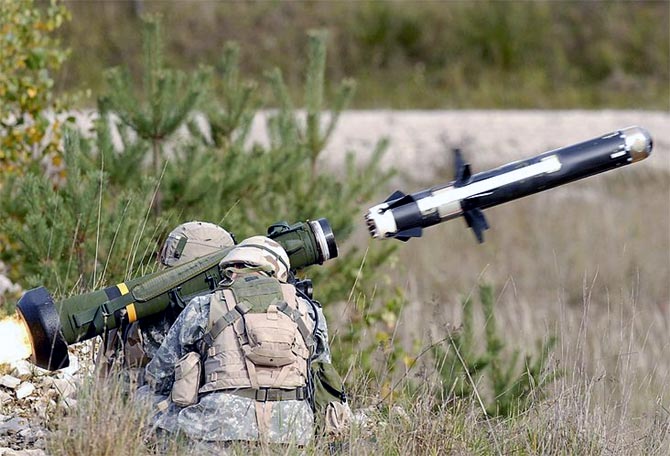
Now, the Javelin is a focus area for Carter. At one stage, the MoD was close to buying a rival missile, the Israeli Spike, for its $1-1.5-billion tender for 8,400 missiles and 321 launcher units for the army’s 350-plus infantry units.
But the MoD, wary of a single-vendor buy, ordered a "technology scan" to ascertain whether there was no missile in the market other than the Spike.
The FGM-148 Javelin, jointly built by US companies Raytheon and Lockheed Martin, is the world’s premier man-portable, anti-tank missile. It gives infantrymen, highly vulnerable to enemy tanks on the battlefield, a weapon with which to destroy heavy armoured vehicles from a distance of 2.5 km.
But the Israeli Spike, while not nearly as capable, is likely to be a good deal cheaper. If the MoD chooses price over capability, the Spike is likely to emerge the winner.
"But if the MoD agrees to Washington's co-development proposal, the Javelin would become the clear frontrunner for the $1-1.5-billion Indian contract. That is now a realistic prospect," says a member of the US defence industry.
Click on NEXT for more…
...